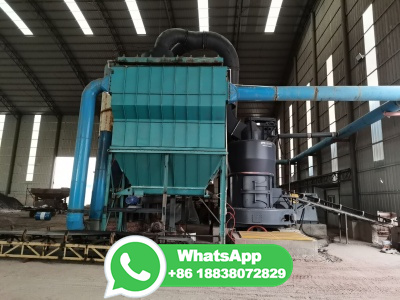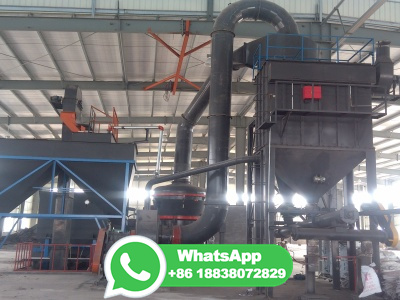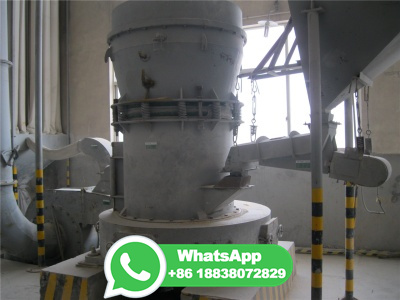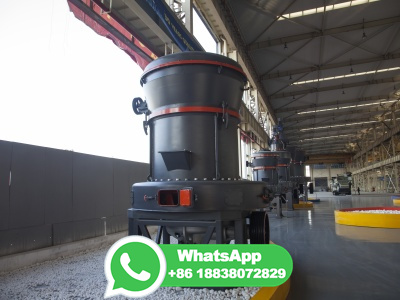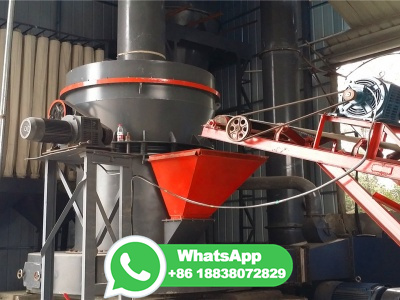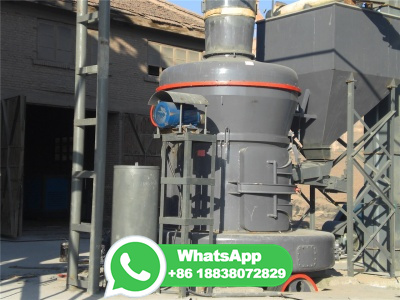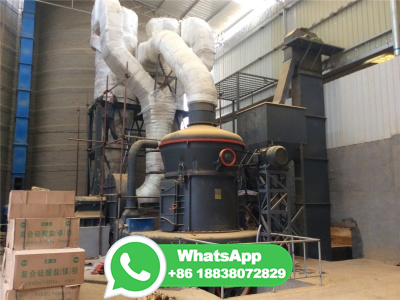PDF Coal to Clean Gasoline National Energy Technology Laboratory
There are two commercially demonstrated routes for converting coal to transportation fuels through gasification (Figure 1). The widely known Fischer Tropsch process was first discovered in the 1920s. It has been commercially practiced by Sasol in several different forms to produce fuels from either coal or natural gas.

